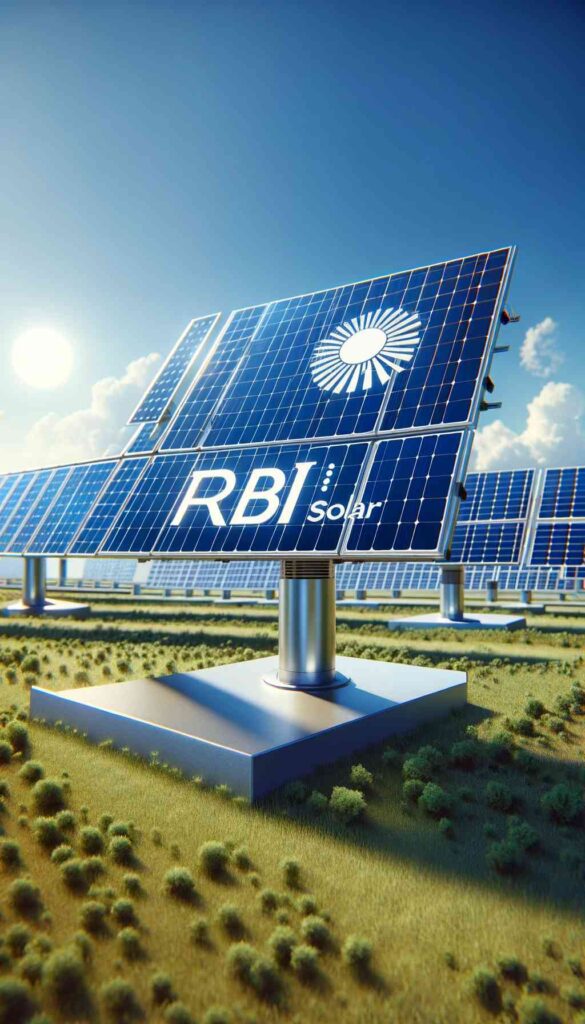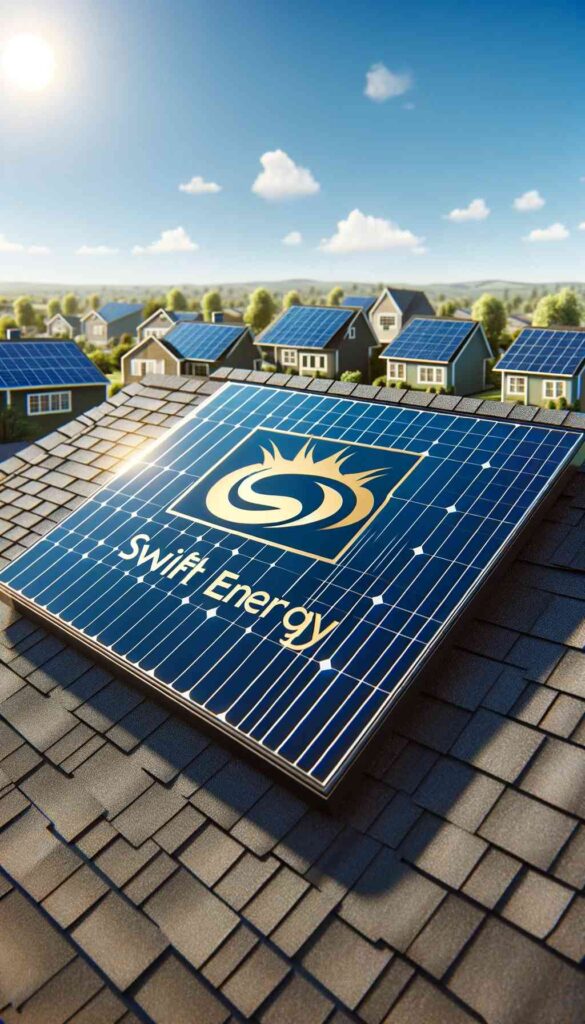
Key Takeaways
- Solar tax credits can reduce the cost of installing solar panels by 26% to 30%.
- The Federal Solar Investment Tax Credit (ITC) is available for both residential and commercial properties.
- State-specific incentives can further decrease the upfront costs of going solar.
- Rebates, Solar Renewable Energy Certificates (SRECs), and net metering can provide ongoing financial benefits.
- Claiming solar tax credits requires careful documentation and often consultation with a tax professional.
Understanding Solar Tax Credit Incentives
Imagine installing a solar panel system that not only reduces your carbon footprint but also pays for itself over time. That’s the promise of solar tax credit incentives. They’re designed to make solar energy more affordable and accessible to a broader range of homeowners. By reducing installation costs and providing long-term savings on utility bills, these incentives can make a big difference in your decision to go solar.
What Are Solar Tax Credits?
Solar tax credits, sometimes known as the Investment Tax Credit (ITC), allow homeowners to deduct a percentage of the cost of installing a solar energy system from their federal taxes. This deduction applies to both residential and commercial installations and includes both photovoltaic (PV) systems and solar water heaters. The idea here is simple: the government wants to encourage the use of clean energy, and they’re willing to give you a financial break to do it.
Immediate Financial Benefits of Solar Tax Credits
The immediate financial benefit of solar tax credits is straightforward. When you install a solar energy system, you can claim a credit on your federal income tax return. This credit is a dollar-for-dollar reduction in the amount of income tax you would otherwise have to pay. For example, if you spend $10,000 on your solar system, a 26% tax credit would save you $2,600 in taxes.
Long-Term Economic Impact on Your Energy Bills
Besides the upfront savings from the tax credit, your solar panels will be cutting down your energy bills for decades. Solar panels typically come with a 25 to 30-year warranty, but they can last even longer. This means after you’ve recouped your initial investment through savings, you’re essentially generating free electricity for your home.

The Federal Solar Investment Tax Credit (ITC) Explained
The Federal Solar Investment Tax Credit is one of the most significant incentives for going solar. Initially, the ITC was a 30% credit, but it has undergone some changes in recent years. As of now, the credit stands at 26% for systems installed in 2020-2022, and it’s set to decrease to 22% in 2023. But here’s the kicker: there’s no upper limit to the credit. Whether you spend $5,000 or $50,000, you can claim 26% of that cost.
Eligibility for the Federal Solar Tax Credit
To be eligible for the ITC, you must meet a few criteria. First, you must own the solar PV system (leases and Power Purchase Agreements do not qualify). Second, the system must be new or being used for the first time. The credit can only be claimed on the “original installation” of the solar equipment.
Claiming the Federal Solar Tax Credit: A Step-by-Step Guide
- Ensure your solar system is installed by December 31 of the tax year you plan to claim the credit.
- Save all receipts related to the purchase and installation of your solar system.
- Fill out IRS Form 5695, “Residential Energy Credits,” and add the result to your 1040 form.
- If your tax credit exceeds your tax liability, you can carry over the remaining credits to the next tax year.
Timeline and Phaseout Schedule of the ITC
The ITC was set to start phasing out in 2020, but recent legislation has extended the credit.
- 26% for systems installed in 2020-2022
- 22% for systems installed in 2023
- The credit is currently set to expire in 2024, unless extended by Congress.
Keep in mind, this timeline is subject to change based on future legislation, so it’s important to stay informed and take advantage of the credit while it’s available.

Comparing State Solar Incentives: Highs and Lows
While the federal tax credit is a major incentive, many states offer additional perks that can sweeten the deal. These can include state tax credits, cash rebates, property tax exemptions, and more. Some states are solar powerhouses, offering incentives that can cut your costs dramatically. Others may offer more modest benefits. But every little bit helps when you’re looking to reduce your initial investment in solar energy.
For example, New York offers a state tax credit that covers 25% of your solar system’s cost up to $5,000, while California provides various rebates through local utility companies.
These incentives vary greatly from state to state, so it’s essential to research what’s available in your area. The Database of State Incentives for Renewables & Efficiency (DSIRE) is a fantastic resource for this. It’s a comprehensive source of information on the various incentives and policies supporting renewables and energy efficiency in the United States.
Understanding the nuances of these incentives can be challenging, but it’s well worth the effort. After all, combining state and federal incentives can cover a significant portion of your solar installation costs.
How to Find and Apply for State Solar Incentives
Finding and applying for state solar incentives doesn’t have to be a daunting task. Here’s how to get started:
- Visit the DSIRE website or contact your state energy office to learn about available incentives.
- Read the eligibility requirements carefully to ensure you qualify.
- Gather the necessary documentation, such as proof of residence and details of your solar installation.
- Apply for the incentives as directed, which may involve online applications or mailing in forms.
- Keep a record of all communications and submissions in case you need to follow up or provide additional information.
Remember, the sooner you apply, the better. Some incentives have limited funding and operate on a first-come, first-served basis.

Additional Financial Incentives for Going Solar
On top of the tax credits, there are other financial incentives that can make going solar even more attractive. These include rebate programs and Solar Renewable Energy Certificates (SRECs), which can provide ongoing benefits long after your system is installed.
Rebate Programs and Solar Renewable Energy Certificates (SRECs)
Rebate programs can provide an immediate reduction in the cost of your solar system. These are often offered by state governments, municipalities, or utility companies. The rebates can vary significantly but can sometimes cover up to 20-30% of your total installation costs.
Solar Renewable Energy Certificates (SRECs) are another way to benefit financially from your solar investment. When your solar panels produce electricity, they generate one SREC for every 1,000 kilowatt-hours (kWh) produced. These certificates can then be sold on a market to utilities to help them meet their renewable energy goals. The value of SRECs fluctuates based on supply and demand, but they can provide a substantial income over the life of your solar system.
Net Metering and Its Role in Your Solar Investment
Net metering is a billing mechanism that credits solar energy system owners for the electricity they add to the grid. If your system produces more energy than you use, the excess goes back into the grid, and you receive a credit on your utility bill. At times when your system isn’t producing enough to meet your needs, you can use those credits to offset the cost of energy you draw from the grid.
This policy effectively allows you to store surplus solar energy in the grid, acting as a personal battery. It’s an excellent way to ensure you get the most value out of every kilowatt-hour your solar panels produce.
Maximizing Your Solar Investment
To truly maximize your solar investment, you need to think strategically about the size of your system and your home’s energy efficiency. It’s not just about slapping the most panels you can fit onto your roof. It’s about creating a balanced system that meets your energy needs and maximizes financial returns.
Optimizing System Size and Energy Efficiency
Before deciding on the size of your solar array, conduct an energy audit of your home. This will help you identify areas where you can improve energy efficiency, which could reduce the size and cost of the solar system you need. Upgrading to energy-efficient appliances, improving insulation, and sealing leaks can lower your energy consumption and allow you to purchase a smaller, less expensive solar system while still covering your energy needs.
Then, work with a trusted solar installer to determine the optimal size for your system. They’ll consider factors such as your home’s orientation, roof angle, and shading to ensure your panels produce as much electricity as possible.
And remember, bigger isn’t always better. A system that’s too large for your needs won’t necessarily provide additional benefits, especially if you’re in an area without favorable net metering policies.
For instance, if your annual electricity consumption is 10,000 kWh and you install a system that produces 12,000 kWh per year, without net metering, those extra 2,000 kWh might not provide any financial benefit.
So, aim for a system that matches your energy consumption patterns for the best return on investment.
Planning Ahead: Solar Installation and Real Estate Value
Another aspect to consider is the impact of solar installation on your home’s value. Studies have shown that homes with solar installations sell for more than homes without. This means that, in addition to saving on your energy bills, you could also see a return on your investment if you decide to sell your home.
However, it’s essential to note that this increase in property value is most significant for homeowners who own their solar systems outright. If you lease your solar panels or enter into a Power Purchase Agreement (PPA), the system is not considered a permanent part of the property, and thus, doesn’t add to the home’s sale price.
Essential Documents for Solar Tax Credit Claims
Navigating the paperwork for solar tax credit claims can be as complex as it is critical. To ensure you don’t miss out on valuable savings, it’s vital to keep meticulous records and understand the filing process.
To claim your solar tax credit, you’ll need the following:
- A copy of the receipt for your solar panel installation, showing the full amount you paid.
- IRS Form 5695 to file with your tax return.
- Any additional documentation required by your state or local government for their specific incentives.
Keeping these documents organized will make the process smoother and help you or your tax advisor accurately file for the credit.
Professional Help: When to Consult a Tax Advisor
While many homeowners successfully navigate the tax credit claim process on their own, there are times when consulting a tax advisor is wise. This is especially true if you’re also taking advantage of state and local incentives, or if you’re carrying over a credit from a previous year. A tax professional can ensure you’re maximizing your benefits and staying compliant with tax laws.

Frequently Asked Questions
Can the Federal Solar Tax Credit Be Combined With Local Incentives?
Absolutely! The Federal Solar Tax Credit can typically be combined with local and state incentives. This can further reduce your out-of-pocket costs for going solar. It’s like stacking coupons; each one adds up to more savings in your pocket.
What Happens to the Solar Tax Credit If I Sell My Home?
If you sell your home after installing solar panels, you can still claim the tax credit for the year in which you made the installation. However, you cannot transfer the credit to the new homeowner. The credit is tied to the taxpayer who owned the system at the time of installation.
Is There a Maximum Cap on the Federal Solar Tax Credit?
No, there is no maximum cap on the Federal Solar Tax Credit. Whether your system costs $10,000 or $100,000, you’re eligible to claim 26% of that cost as a credit on your federal taxes.
How Do Solar Leases or Power Purchase Agreements Affect My Eligibility for Tax Credits?
When you lease a solar system or enter into a Power Purchase Agreement (PPA), you are not the owner of the system. This means you are not eligible for the solar tax credit. It’s the system owner—often the solar company—that gets to claim the credit.
What Are the Most Common Mistakes to Avoid When Claiming Solar Tax Credits?
Before claiming solar tax credits, it’s essential to understand the eligibility criteria and ensure proper documentation. Missteps in the process can lead to delays or even denials of the benefits you’re entitled to.


